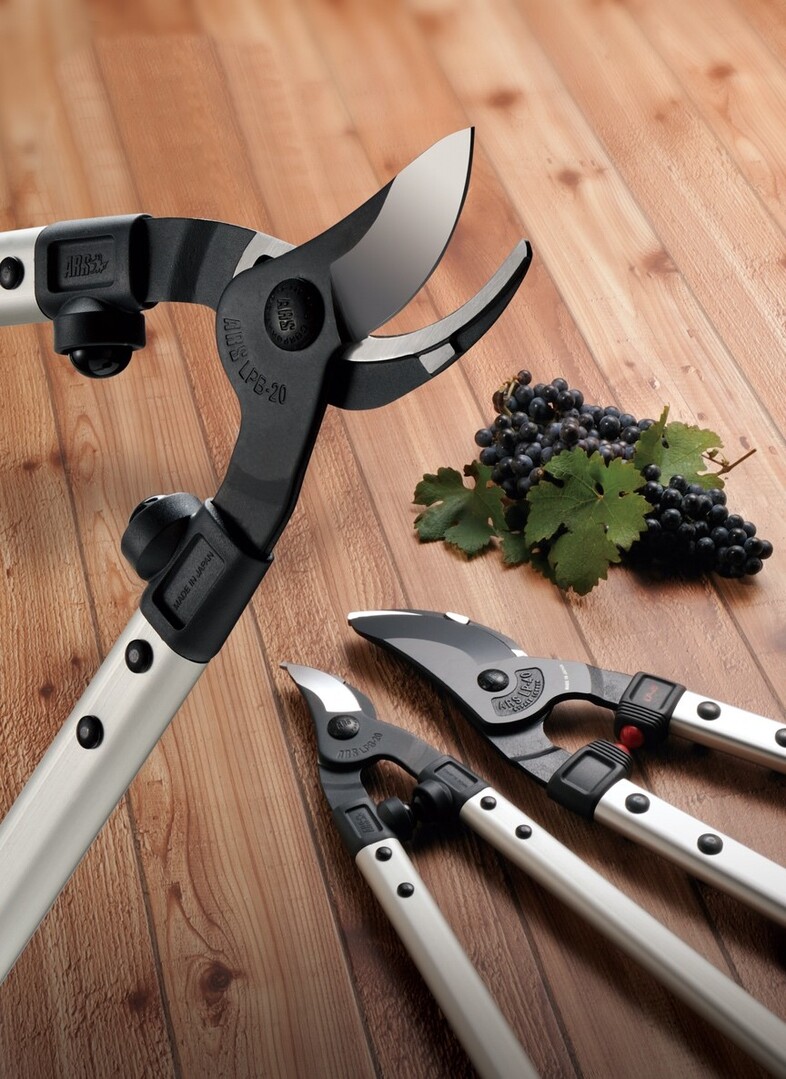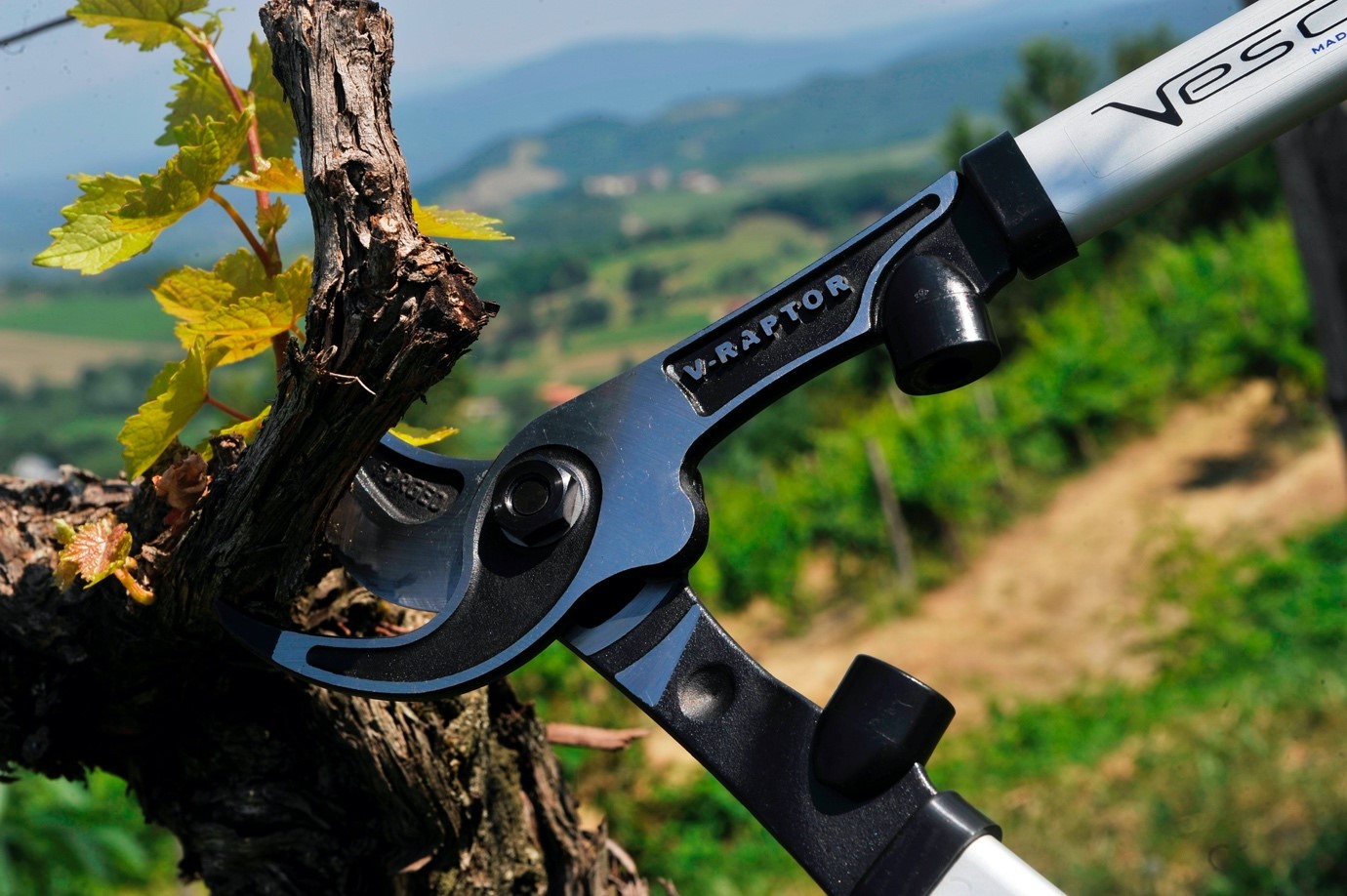Posted October 1, 2021
Metrogreen has been providing tools and materials to professionals in New Zealand’s landscaping industry for over 25 years, so when it comes to choosing the right tools for the job, we know what matters.
Often, it’s the simplest piece of equipment that makes the difference between a great and a sub-par finished product, or between an arduous day at work and a walk in the park. For this blog, we’re going to talk about a piece of equipment that landscapers and arborists use every day, tree loppers. We’ll look at the basic types of tree loppers, the applications to which each is best suited, and showcase some of our favourites.

There are two basic types of loppers – bypass and anvil loppers – and the one you choose will depend on whether you are working with live or dead wood. Both types of loppers feature long handles that allow you to access hard-to-reach branches while transferring the force imparted by the operator’s arms to the cutting blades of the lopper’s head. The greater power created by this mechanism means loppers can handle much thicker, tougher branches than hand-held secateurs.
The blades of a bypass lopper work essentially the same way a pair of scissors does. The two sharp blades pass each other to create clean cuts. This style of lopper is best suited to pruning live vegetation, as the cuts it creates leave less surface area, thus reducing the risk of contamination and infection. They also create a neater, more aesthetically pleasing cut than anvil loppers, and can be used to cut closer to existing branches without risking unintended damage to the rest of the tree or plant.
The ARS Bypass Lopper is the perfect tool for daily use by professional arborists. The ultra-sharp and durable cutting blades produce effortless, clean cuts every time. The light-weight aluminum handles and ergonomically designed grips minimise operator fatigue, meaning you can work comfortably for long periods.
Anvil loppers feature one sharp blade that presses against the flat ‘anvil’ underneath. Compared to the scissoring action of bypass loppers, an anvil lopper operates much like a sharp knife, slicing through a piece of food to the chopping board underneath. This results in more of a crushing action, which is ideal for quickly and efficiently removing dead branches and other vegetation but does not result in the same kind of smooth, clean cuts you’ll get with a bypass lopper.
For a high-quality anvil lopper, we again recommend ARS. The ARS LPA30L Anvil Lopper is designed and manufactured in Japan and features a forged cutting blade and aluminium counter blade. Like the ARS bypass lopper, it includes lightweight handles and ergonomic hand grips for comfort and ease of use.

It isn’t a question of bypass loppers being ‘better’ than anvil loppers or vice versa; what matters most is what these loppers will be used for. If you’re a professional landscaper or arborist, it makes sense to have one of both varieties so you can make quick work of dead vegetation or create clean, attractive cuts on live plants.
For more information on our fantastic range of landscaping tools, materials, and accessories, head to the contact section of our website and get in touch via phone or email today.